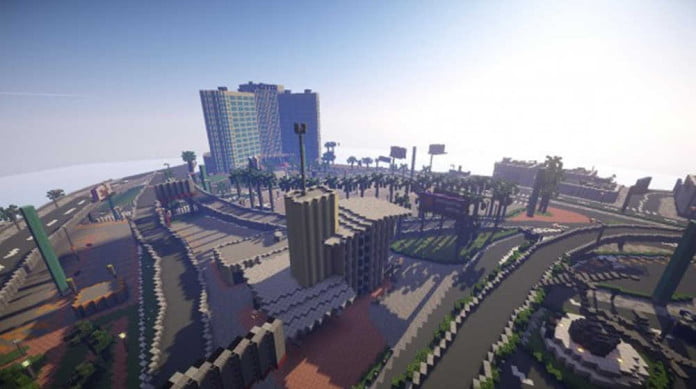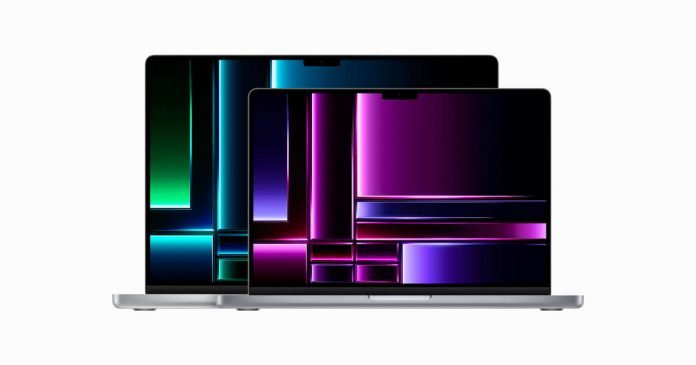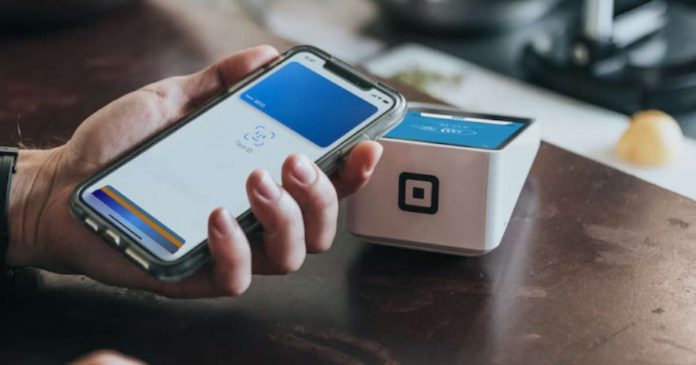If you are planning to start a business of any sort, there are certain utilities you need to consider having. In fact, as you scale up your business, you may need to enhance and expand the range of utilities too.
The right utilities for business create a feasible environment to continue working for those who are a part of the organization. In many countries, there is a legal obligation to have certain business utilities – for instance, clean drinking water and functional toilets.
When you start a business, it is crucial to consider the cost of key utilities. This is important for budgeting purposes, as some utilities may be very costly. As the business owner, you must keep the amount required to pay for them aside when looking at business finances.
If you are unsure what business utilities are and which ones you need, this article will walk you through the most common utilities required to start and manage a business.
Contents
What Are Utilities?
Simply put, utilities are the element that makes things possible and feasible. For instance, when a college student starts their studies, there are many things they might need to make their studies possible. Books, stationery, and a computer are among these items.
In terms of your business, you must consider all the necessary items employees need to work efficiently and carry out their duties. For instance, they would require water to drink; hence there should be an uninterrupted supply of clean water. To keep computers and other electricals working, you must ensure a consistent and reliable electricity supply.
Managing all the utilities for a business owner is tough. Fortunately, there are various utility companies that can help new businesses access essential utilities in order to thrive.
Significance of Utilities
Utilities are highly significant when it comes to managing a business successfully. A utility as simple as electricity is clearly crucial for a company to operate effectively. The corporate sector cannot function without a constant and reliable electricity supply.
Just imagine the company’s employees need coffee, and the electricity supply runs out. Or, in freezing weather conditions, the gas runs out, and the heaters won’t work. Working in these conditions would be extremely tough for employees, and it would eventually take its toll on the company’s performance.
Small and medium-sized businesses rely on utility services to grow and maintain their success. These services are essential despite the high costs incurred in using them. They can affect everything from working conditions and operational capabilities to the success of the company.
Some of the essential utilities a business needs are as follows:
1. Electricity
It goes without saying that you need electricity to run a business, and it’s the most basic utility a business owner needs to arrange. Equipment, computers, and appliances cannot operate without electricity.
When choosing a company to provide you with your electricity supply, make sure you compare all the available power suppliers in the area. This will help you to find the one that offers the best possible deals to manufacturing and services organizations.
2. Water
Another indispensable utility you can’t ignore is water. Even if no manufacturing work is involved in your business, you still need an uninterrupted water supply to help your employees work efficiently.
Water is used everywhere, from the coffee machine and the kitchen to the toilet and sinks. A clean and fresh water supply is one of the basic necessities business owners should provide access to.
3. Sewage
Many business owners connect sewage services with water providers, but some countries require separate contracts for these two utilities with the providers.
4. Gas
Gas is also essential for the smooth running of businesses. This is a MUST for ventures that rely on gas fully, such as restaurants and cafes. During the winter season, it’s a requirement to turn on gas heaters to keep the work space warm and comfortable enough for the comfort and well-being of employees.
5. Internet
In today’s digital age, few businesses can run without internet access. The world of internet technology has enabled businesses to scale up and enhance their visibility. Connecting with a reliable and reputable internet provider is vital when starting a business.
Finding a provider that offers internet without connection interruptions is a MUST! Constant disconnections from the internet will make it counterproductive, and it will be of no use to you.
Utilities and Their Significance for Businesses
Utility providers are easy to find today. A simple contract with the right provider saves the business owner the constant hassle of utility interruptions and then getting them back. Once things are in order, your employees can showcase maximum efficiency, ultimately aiding the success of your business.











